Finding sustainable wood:
We live in a country with over 400 million hectares of forest, so the supply is there; it's simply a case of properly managing it. That also means that when we cut one down, we should plant another.
Wood is a renewable material, requires little processing and can almost always be purchased locally. This makes it a material with low environmental impact, provided it's harvested responsibly. In an effort to combat the devastation caused by destructive forestry practices, certification programs like FSC (Forest Stewardship Council) certifies wood comes from a sustainably managed forest, so FSC labelled wood is always preferred.
Where to buy wood:
Wherever you live in Canada, there is without a doubt wood being harvested not too far away. If you want to ensure your wood qualifies in some sense as 'local', you can start first of all by species selection - choose woods that are grown in your region. Don't buy Eastern White Cedar if you live in the west, and don't choose Western Red Cedar if you live in the east. Our climate should leave no mistake that any tropical wood came from very far away.
Any wood you can get your hands on, that for any reason didn't cause a tree to fall, means one more tree will remain standing. Some sources to look into :
Reclaimed barn boards and timbers: As barns are taken down for any number of reasons, much of the wood is still in exceptional condition and often commands an impressive price on the market. You can find support beams as well as boards.
Mill your own tree: If you must take down a tree and you have space to store a pile of wood, see if you can hire a portable mill and operator in your area.
Reclaimed wood from demolition : there are businesses that specialize in salvaging building materials from demolition projects, then offer them for resale in varying conditions.
Shipping pallets: Pallets are pretty easy to come by, in fact many commercial buildings and retailers are happy to get rid of them. They can be used either in their current form or taken apart and reused as small pieces - but be certain to read this article on how to check that pallets are safe for reuse as beds or furniture.
Used material websites: More builders all the time are taking advantage of the web to unload materials, often for free, if for no reason other than saving themselves a dumping fee. The Hemloft pictured here received international notoriety, and was made entirely with materials found for free on Kijiji.
Urban logging: Trees removed by city workers have more often than not found themselves ending up as landfill. Entrepreneurs are popping up in different regions and are now turning those trees into usable products.
Sunken timbers: Generations of logging has left unfathomable quantities of wood sitting at the bottom of rivers, perfectly preserved, ripe for the picking. On many rivers, salvage companies send divers down to find and retrieve logs that are then turned into some of the most beautiful and highest quality woods available.

Wood that has a history can add character and warmth to your home. That can be saw marks, water marks, nail holes or a barn beam with an old mortise hole in it; these types of reused wood products are fetching impressive prices, if for no other reason than to give the homeowner a reason to tell a story. A quick internet search should tell you if any of the options listed above are available near you.
We hope that our pages on wood will help you make informed decisions so you can get the types of products you are looking for.

Now you know all about choosing sustainable wood products, Find all you need to know about sustainable high end home construction in the Ecohome Green Building Guide and these pages below:
Find more about green home construction in the Ecohome Green Building Guide pages - also, learn more about the benefits of a free Ecohome Network Membership here. |
|
Flooring made from salvaged sunken timber © Logs End
|



































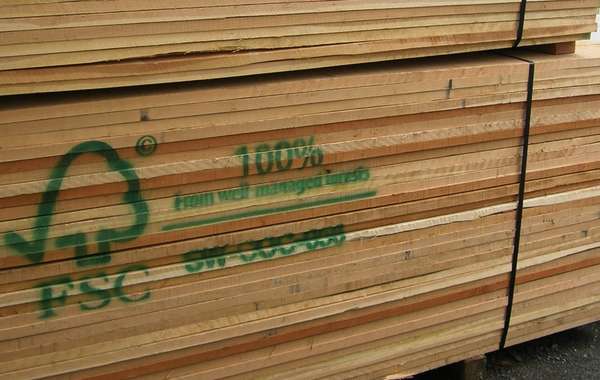
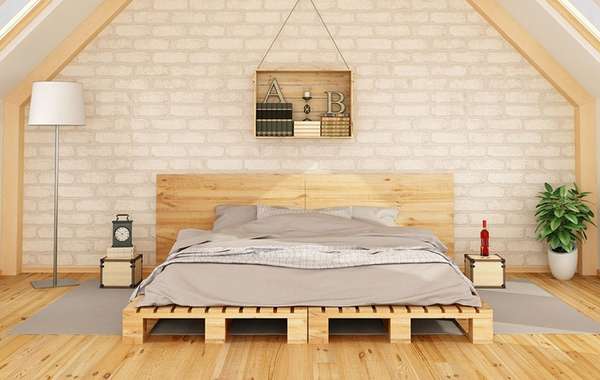

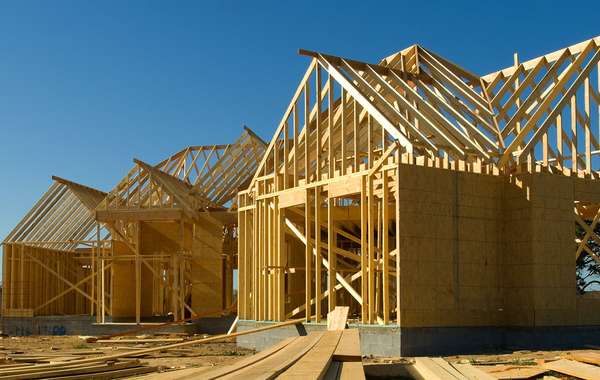
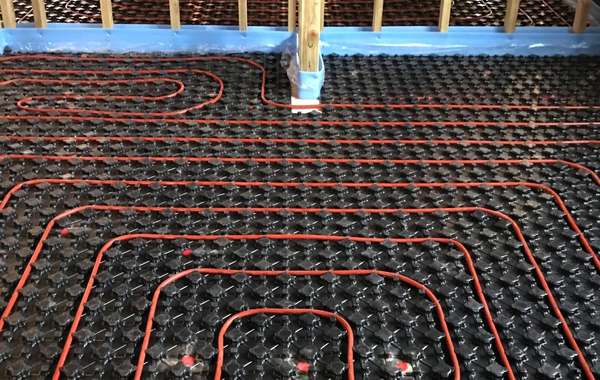

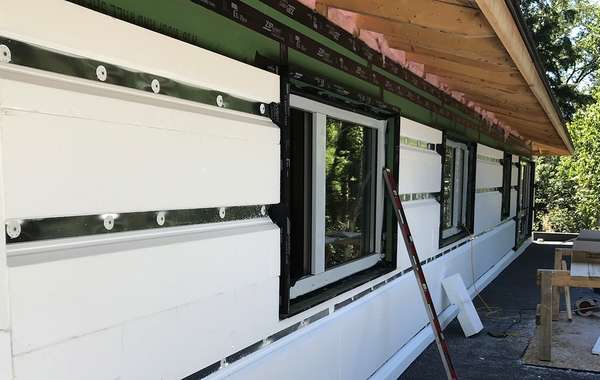
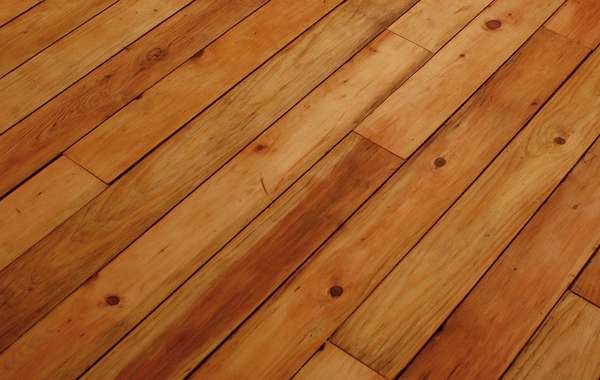


Bonjour, nous travaillons la conception d'un 5-plex sur un terrain urbain à Montréal, un terrain appartenant à la même famille depuis 4 générations. L'implantation du nouveau bâtiment pour cette famille causera l'abattage de 5 épinettes rouges assez matures (30 ans). Je cherche des références de projet, ou autres ressources locales pour m'aider à planifier la récupération du bois de ces arbres de la manière la plus simple et efficace possible, afin de l'intégrer au projet. Mon client désire également savoir si cela lui coûtera plus cher de faire couper/sécher le bois, plutôt que de l'acheter. Merci!
Bonjour Suzanne,
Nous vous suggérons de vous adressez directement au service d'assistance en ligne d'Écohabitation, notre site web francais, le service est gratuit et ils vous répondront en moins de deux semaines normalement.
Vous pouvez poser votre question ici.
ok merci!